I have the following policy:
{
"Version": "2008-10-17",
"Id": "PolicyForCloudFrontPrivateContent",
"Statement": [
{
"Sid": "Stmt1395852960432",
"Action": "s3:*",
"Effect": "Deny",
"Resource": "arn:aws:s3:::my-bucket/*",
"Principal": {
"AWS": [
"*"
]
}
},
{
"Sid": "1",
"Effect": "Allow",
"Principal": {
"AWS": "arn:aws:iam::cloudfront:user/CloudFront Origin Access Identity E1IYJC432545JN"
},
"Action": "s3:GetObject",
"Resource": "arn:aws:s3:::my-bucket/*"
}
]
}
However, this is denying requests from all requestors, even Cloudfront. What is the correct way to do this?
The problem is that objects are created by the client with public read. I currently do not have immediate control of the client to change this setting. So what I want is to have a policy that overrides individual object ACL. So default deny here does not work.
